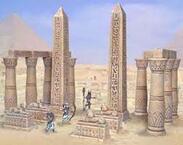 An obelisk is a tall, four-sided, narrow tapering monument which ends in a pyramid-like shape or pyramidion at the top. Originally, they were called tekhenu by their builders, the Ancient Egyptians. Obelisks are said to have first appeared between 2650-2134 B.C. The Greeks who saw them used their own term, obeliskos, to describe them, and this word passed into Latin and ultimately English. Ancient obelisks are monolithic—that is, they are crafted out of a single stone. In contrast, most modern obelisks are made of several stones. Obelisks can be found across the globe, many originally dating from ancient times and civilizations. Way back then, these monuments represented the living deity, the vitality and immortality of the pharaoh, and the concept of duality and balance. No matter who or what else they commemorated, they were raised and carefully positioned so that the first and last light of day would touch their peaks to honor the sun god. In ancient times, obelisks were typically erected in pairs in front of selected temples as part of a celebration or Royal Jubilee. The sides of the obelisk were often inscribed, and the pyramidal top was sheathed in gold to radiate the light of the sun. 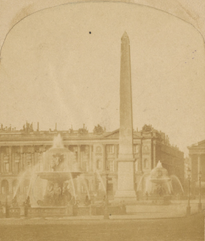 I’ve had the opportunity to see some of these miraculous works of stone in person. I laid eyes on my first obelisk in Rome and at neighboring Vatican. Later that same trip, I would see the fine example in France’s Place de la Concorde, a transplant from Egypt. This latter monument is decorated with hieroglyphics exalting the reign of the pharaoh Ramesses II (1304-1214 B.C.). It is one of two which the Egyptian government gave to the French in the 19th century. The other one stayed in Egypt, too difficult and heavy to move to France with the technology at that time. On September 26th, 1981, President François Mitterrand gave the second obelisk back to the Egyptians. This particular obelisk once marked the entrance to the Luxor Temple. It was a gift from the Khedive of Egypt, or royal constitutional monarch, Muhammad Ali Pasha. Pasha offered the 3,300-year-old Luxor Obelisk as a diplomatic gift to France in 1829. It arrived in Paris on December 21st, 1833. Three years later in 1836, King Louis Philippe had it placed in the center of Place de la Concorde. The obelisk, a yellow granite column, rises 75 feet high, including the base, and weighs over 250 tons. Given the technical limitations of the day, transporting it was no easy task. On the pedestal are drawn diagrams explaining the machinery that was used for its transportation. The obelisk is flanked on both sides by fountains constructed at the time of its erection on the Place de la Concorde. The government of France added a gold-leafed pyramidal cap to the top of the obelisk in 1998, replacing the missing original, believed to have been stolen in the 6th century BC. A real, ancient obelisk exists in New York’s Central Park, representing the oldest outdoor monument in New York City. More than 3,000 years old, “the Obelisk” (also known as “Cleopatra’s Needle”) towers 69 feet high and weighs 220 tons. The Central Park Obelisk is one of a pair built around 1443 B.C. in Egypt’s Heliopolis, under orders from the pharaoh Thutmose III. Both monuments were moved around 10 B.C. to front Alexandria’s Caesareum—which was named for Julius Caesar and first conceived by Cleopatra, who consolidated her rule with Caesar’s help—under the reign of Caesar’s son Augustus. The nickname “Cleopatra’s Needle” didn’t take until centuries later, reportedly coined by British traveler Paul Lucas, while Mark Twain also used the term in his 1869 travel book Innocents Abroad. I invite you to read further about how it was transported across the Atlantic in a refitted Egyptian mail ship and then carried across Manhattan by a special railway built for the purpose. Finally, a unique scaffolding and crane apparatus was used to finally put the obelisk in place within its new home in Central Park. This was a true engineering marvel which beckons to mind how did they accomplish the initial construction, let alone the move to Alexandria?  Washington Monument atop South Mountain (east of Boonsboro in South Mountain State Park) Washington Monument atop South Mountain (east of Boonsboro in South Mountain State Park) Of course, living in the DMV (District of Columbia, Maryland and Virginia), none of us have to travel far to see the most famous obelisk on United States soil, and dedicated to our first president. Of course, this was not the first monument dedicated to George Washington, as residents from nearby Boonsboro accomplished that honor in 1827, but their handiwork was far from an obelisk. A side note about the Washington monument is that I learned that it would take quite a while to complete. The work began in 1848, but was built in two different phases. It wouldn’t be finished until 36 years later in 1884. At home here in Frederick, I get the chance to see obelisks each and every day. Where you may ask? Of course, here at my place of employment, Mount Olivet Cemetery. There are several on our grounds, including our own version of “Cleopatra’s Needle.” This monument is a new one that went up last week on the gravesite of former Frederick attorney Cleopatra Campbell Anderson who passed away in March, 2018.  Cleopatra Campbell Anderson Cleopatra Campbell Anderson Born in 1935, Ms. Campbell was a former assistant state's attorney for Frederick County. She is one of the first two women to practice law in the state of Maryland, along with Mary Storm. Both women were admitted to the state bar in 1967. Campbell's first legal job was at the firm Mathias, Mathias, and Michel and her last was as an associate judge of the Maryland Orphan’s Court. To learn more, I have provided a link below to a fine story written by Cameron Dodd, which appeared at the time of her death: https://www.fredericknewspost.com/news/crime_and_justice/courts/cleopatra-campbell-anderson-was-a-pioneering-female-lawyer/article_0a75c799-7c84-5086-8b93-eb1e616341ae.html Elements of Egyptian, Greek and Roman architecture became very popular forms of funerary monumentation during the Victorian era. In particular, grave decorations utilizing the obelisk motif are said to symbolize heavenly ascension or a ray of sunlight. The most prestigious obelisk here in Mount Olivet is a tribute to transportation pioneer Gen. James C. Clarke (1824-1902), namesake for Clarke Place, a short block from our front gate and the object of an interesting “Story in Stone” blog published back on March 6th, 2019. The most famous obelisk was erected in memory to Frederick's famous Civil War heroine Barbara Fritchie. Another belongs to local baseball icon, Harry Grove, namesake for the stadium that bears his name roughly 100 yards from his gravesite. Another obelisk, located on the west side of cemetery hill, the highest point in downtown Frederick, is that of a former local businessman who started his existence in the Glade Valley area north of present-day Walkersville. His name--Noah Edwin Cramer. Instead of re-inventing the wheel here, I will simply share his biography as it appears in Volume II of T.J.C. William’s History of Frederick County, Maryland, published in 1910: Noah E. Cramer, a well-known and active business man of Frederick City, dealing in real estate, is a native of Walkersville District, Frederick County, Md, where he was born August 11, 1860. He is a son of George and Catharine (Reynolds) Cramer. Johannes Cramer, the grandfather of Noah E. Cramer, was a farmer in Walkersville District, Frederick County. His homestead is still in the possession of the family. In politics he was a Democrat and in religion a member of the Reformed Church. The Cramer family is of German origin, and has been settled in Frederick County for over 125 years. George Cramer, the father of Noah E. Cramer, was born on the old Cramer homestead in Walkersville District, in 1819, and died there in 1890. He followed the occupation of a farmer, and was well-known and highly respected in the community in which he spent his entire life. Politically he was an adherent of the Democratic Party. He was married to Catharine Reynolds. She was born near Frederick in 1827, and died in 1895. They were the parents of eight children, seven of whom grew to maturity: George L., of Frederick; John D., a farmer; S. Clinton, retired; Harriet R., the widow of the late W. O. Hughes, of Baltimore, Md.; Charles G., a retired farmer; Noah E., of whom presently; William A., a merchant at Walkersville, Md. Noah E. Cramer was reared on the old Cramer homestead, and as a lad followed the occupation of a farmer’s boy. He received his education in public and private schools of Frederick and Walkersville, Md. He then entered the dry-goods store of his brother, George L. Cramer, as a clerk, with whom he remained for some time. While still a young man, he located in Frederick City, and established himself in the real estate and loan business. This he has since continued to conduct, meeting with much success. He is one of the best known and most prominent business men of the city, and has the confidence of business and financial circles generally. Besides his real estate and loan business, Mr. Cramer is interested in various enterprises of the county. He was the director and stockholder in the First National Bank of Frederick for fifteen years, and for a period vice-president, and is a director and secretary of the Woodsboro Turnpike Company, and a director in the Frederick Building and Loan Association. The home of Mr. Cramer is “Rose Hill,” the colonial home of Thomas Johnson, the first Governor of Maryland. This historic place is located one mile north of Frederick City, along the Frederick turnpike. It contains 156 acres of fine limestone land, under a good state of cultivation. The mansion is a large brick building of the old colonial style, with a two-story portico in front that is so often found in the stately colonial homes prior to the Revolution. The mansion is situated on a slight elevation about the center of the land tract, and is surrounded by a grove of beautiful trees. In this grand old home many distinguished person have been entertained, among them George Washington and other eminent patriots of the stormy period of the Revolution, in which Governor Johnson himself played an important part. A photograph of the mansion is placed on one of the pieces of silver service of the U.S. Cruiser “Maryland." Mr. Cramer was married November 12, 1895, to Ella Kate Houck, a daughter of James Houck, president of the Franklin Savings Bank of Frederick. Mr. and Mrs. Cramer are the parents of two children, James Houck and Katharine Reynolds. Politically, Mr. Cramer is a strong adherent of the Democratic party, and in religion is a member of the Evangelical Reformed Church of Frederick. He is a self-made man, and has attained the position he now occupies through perseverance and strict attention to business. Mr. Cramer is a member of Mountain City Lodge No. 29, Knights of Pythia, of Frederick. I found thousands of mentions of Mr. Cramer in online newspaper archives, a direct byproduct of being a successful real estate and fire insurance agent. I'm assuming his profession also aided in helping him acquire Rose Hill Manor in 1906, but it seems that the country estate was a showplace for him, hosting special events and parties. The family lived at 117 Record Street, next to the Record Street Home and Court House Square. In 1922, Noah Cramer was among the organizers of Frederick's first Board of Realtors and would serve on the inaugural executive board. His son James would eventually join him as a business partner as well. Mr. Cramer worked through his sixties, but punctuated his life with fine vacations around the globe. At a time when travel abroad was still reserved for a privileged few, Cramer made trips to places such as Bermuda, Florida, Seattle, the Philippines, and Western Europe. I learned more about the European trip taken by Mr. Cramer in 1927. Cramer, noted also for his elocution skills, was asked to share details of his recent trip with the local Kiwanis Club. Noah E. Cramer died suddenly of a heart attack in September, 1930. He would be buried in Mount Olivet’s Area G/Lot 79 on September 13th. I don’t know when the obelisk went up on the site, but I’m guessing sometime shortly after Mr. Cramer's death. Like that of the other obelisks to be found here in Mount Olivet, the Cramer monument is among the first, and last, to catch the light of day, hopefully still as pleasing to the sun god(s) today, as was the case thousands of years ago in ancient times.
3 Comments
Jean Lagrave
10/5/2020 11:21:12 am
Another very interesting article. Love the personal history in these works. Thank you
Reply
Alice Glass
10/5/2020 03:58:10 pm
Thank you for this informative article about obelisk and my grandfather, Noah Edwin Cramer. I even learned some family history.
Reply
Peter Cramer
10/11/2020 08:51:51 pm
This is a great story! Ironically nearly two years ago while at Mount Olivet Cemetery looking for my ancestors graves, I by chanced had the pleasure of meeting Chris Haugh while I was in the office. After we talked about the Cramers for awhile Chris said the Cramers sound interesting and may do a story sometime. Noah and his brother George Cramer, my great great grandfather, attended my grandmother and grandfather Frederick W. Cramer's wedding in York Pa in 1911. In my research that Noah's brother George's father was George, and his was David, and his father was Johannes, and his father was Jacob, supposedly from Germany. I have not been able to locate Jacob's grave but I did find his estate accounting upon his death dated 1771 and his first son George listed as administrator.
Reply
Leave a Reply. |
STORIES
|
Archives
July 2024
June 2024
May 2024
April 2024
March 2024
February 2024
January 2024
December 2023
November 2023
September 2023
August 2023
July 2023
June 2023
May 2023
April 2023
March 2023
February 2023
January 2023
December 2022
November 2022
October 2022
September 2022
August 2022
July 2022
June 2022
May 2022
April 2022
March 2022
February 2022
January 2022
December 2021
November 2021
October 2021
September 2021
August 2021
July 2021
June 2021
May 2021
April 2021
March 2021
February 2021
January 2021
December 2020
November 2020
October 2020
September 2020
August 2020
July 2020
June 2020
May 2020
April 2020
March 2020
February 2020
January 2020
December 2019
November 2019
October 2019
September 2019
August 2019
July 2019
June 2019
May 2019
April 2019
March 2019
February 2019
January 2019
December 2018
November 2018
October 2018
September 2018
August 2018
July 2018
June 2018
May 2018
April 2018
March 2018
February 2018
January 2018
December 2017
November 2017
October 2017
September 2017
August 2017
July 2017
June 2017
May 2017
April 2017
March 2017
February 2017
January 2017
December 2016
November 2016

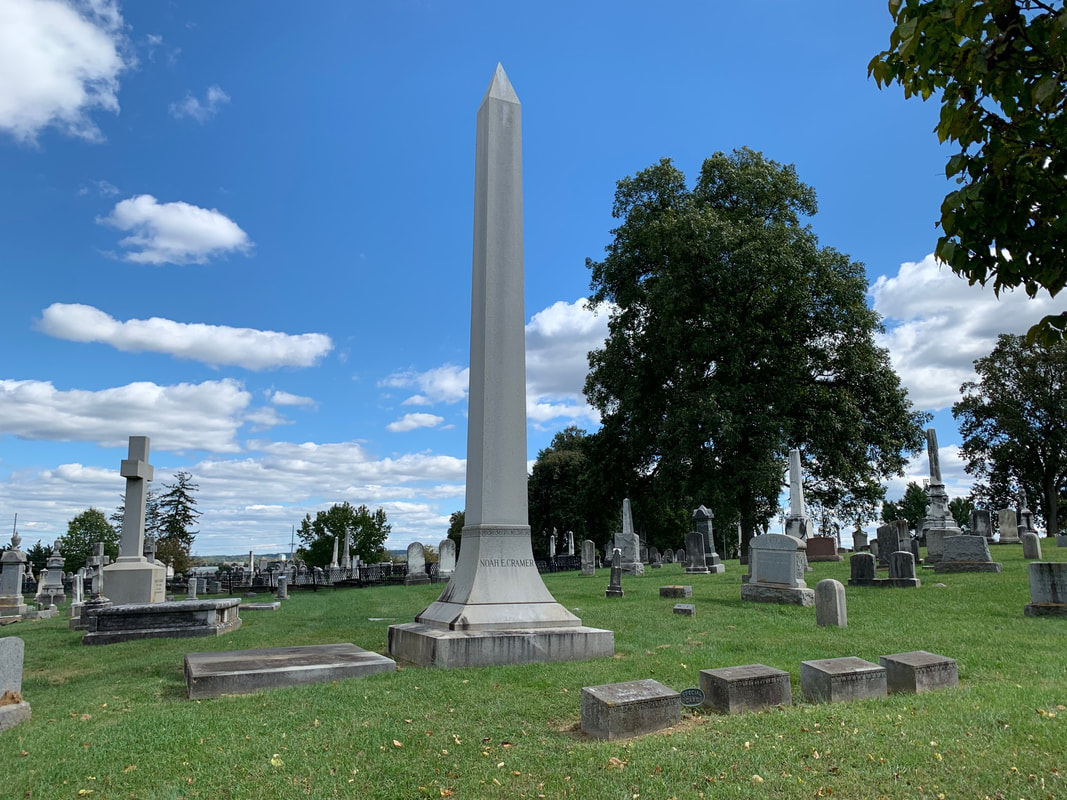

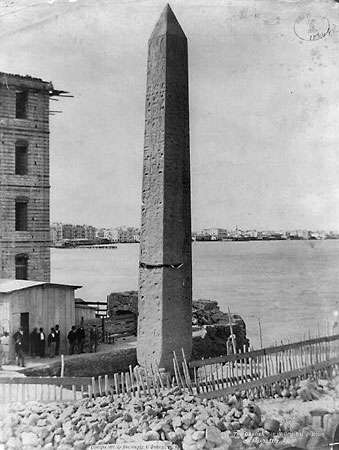
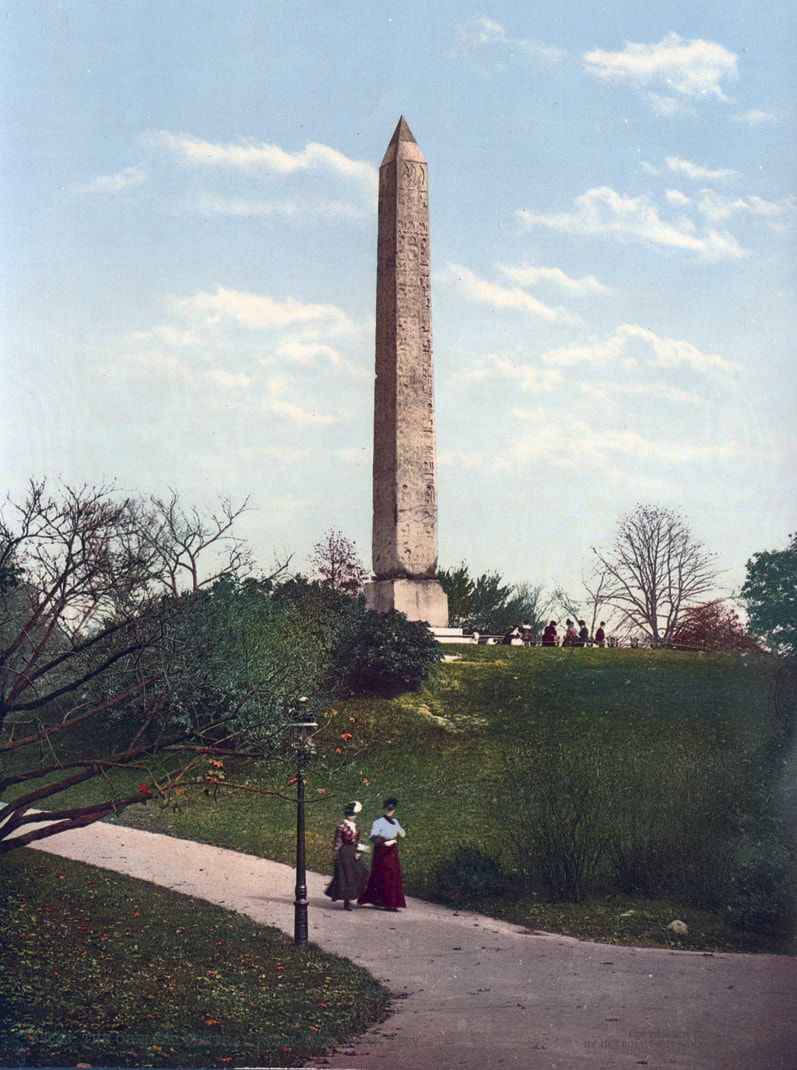
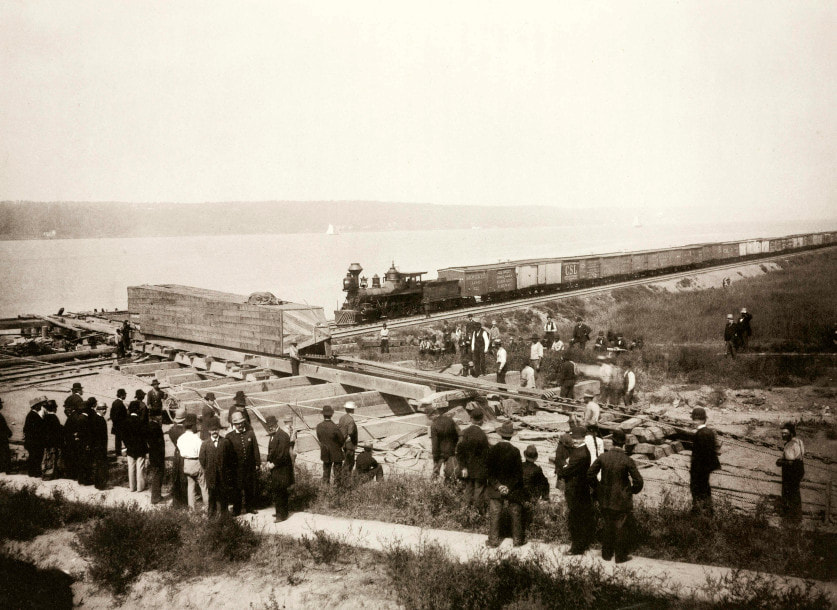
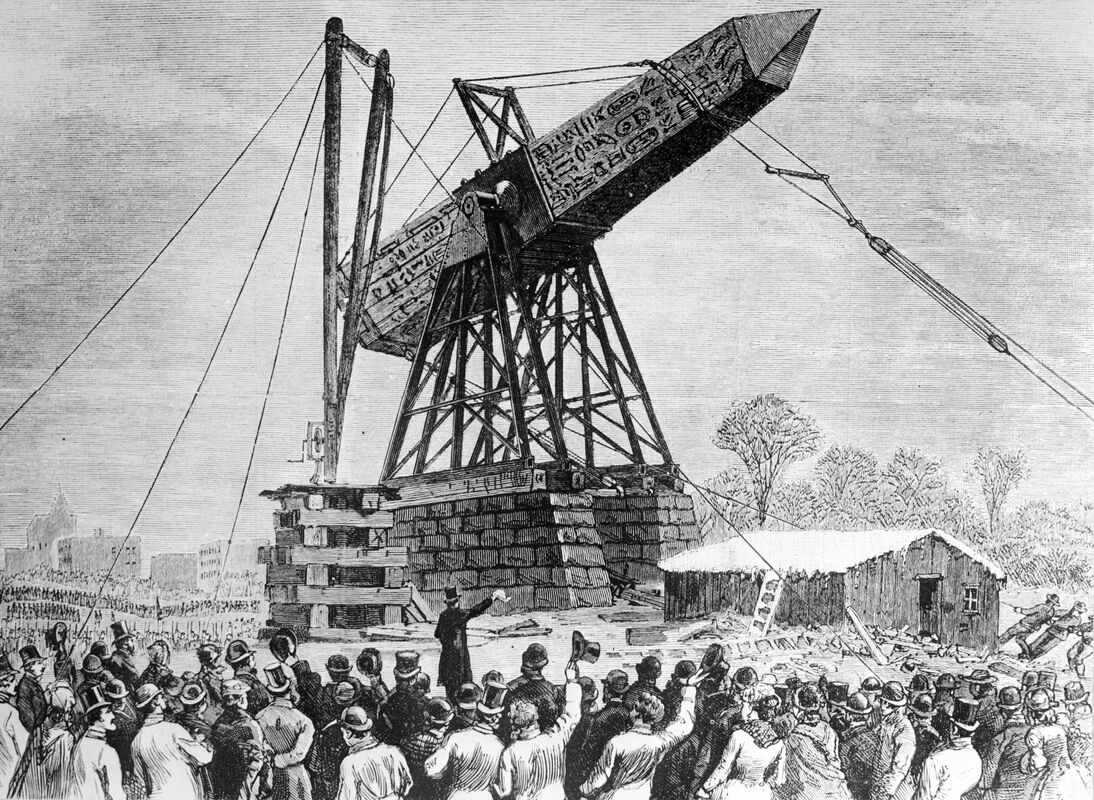
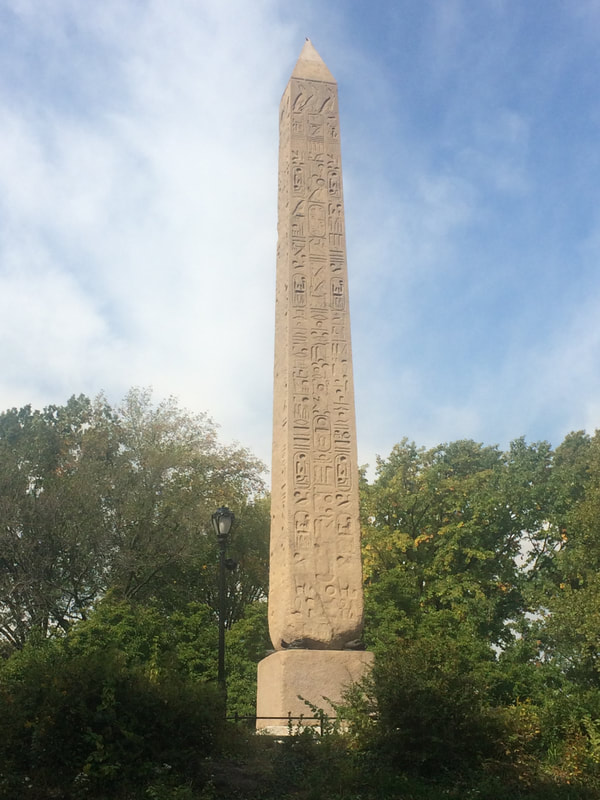

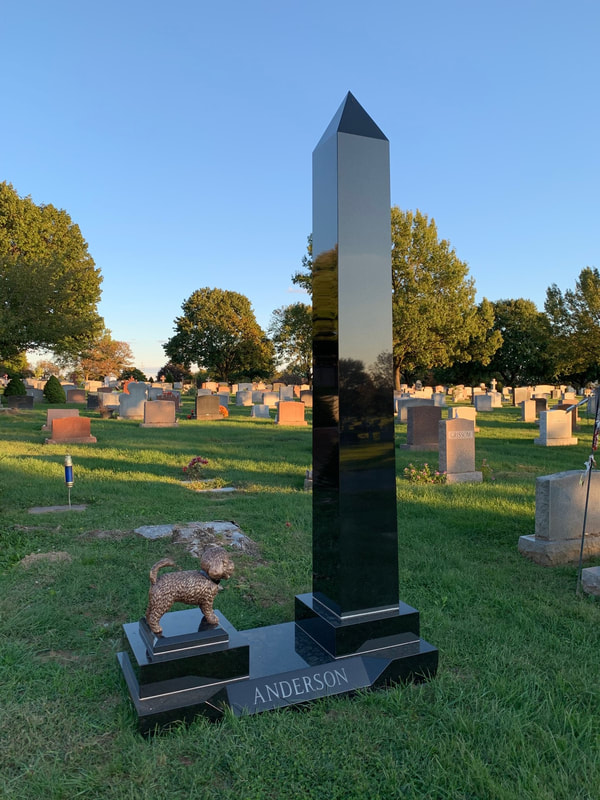
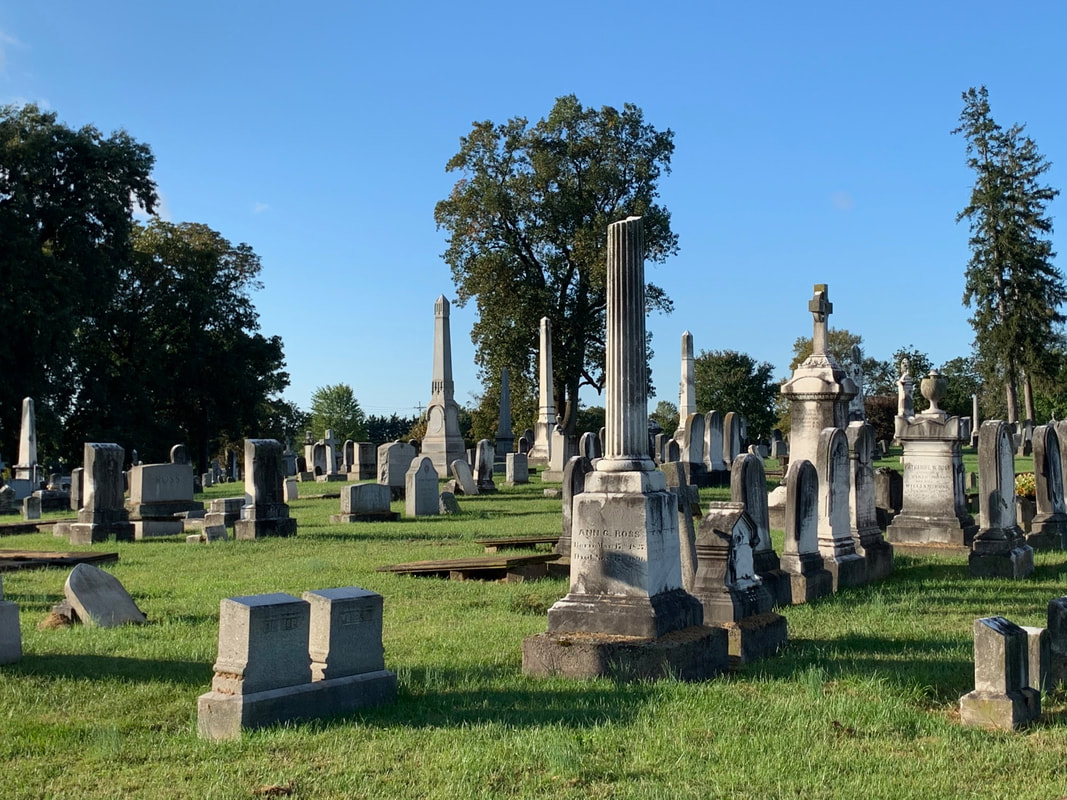
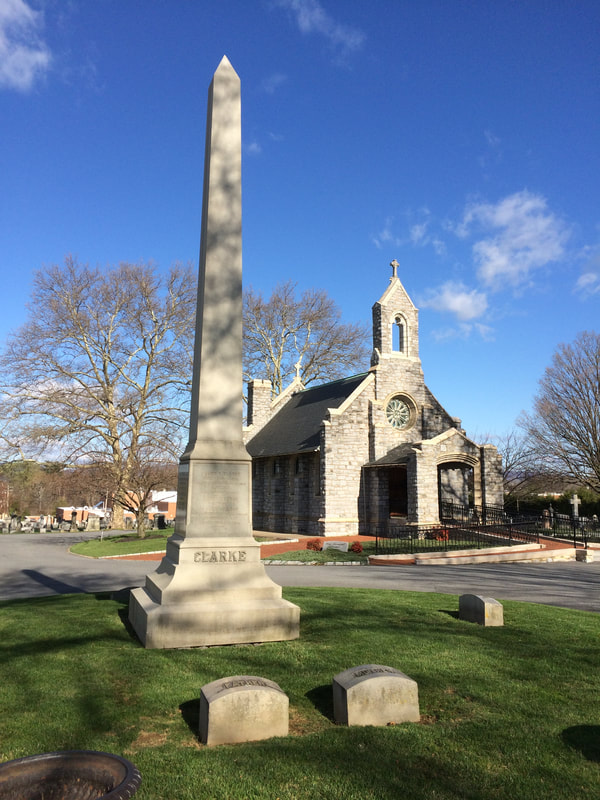


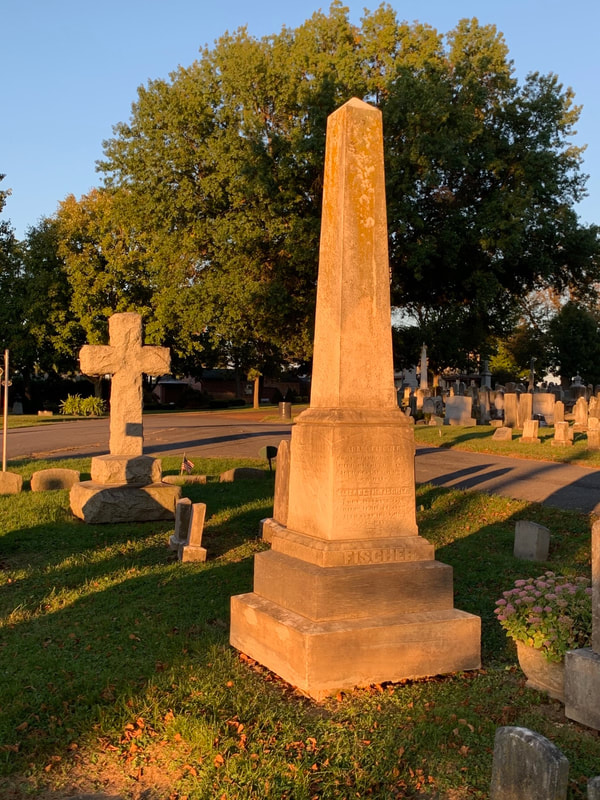
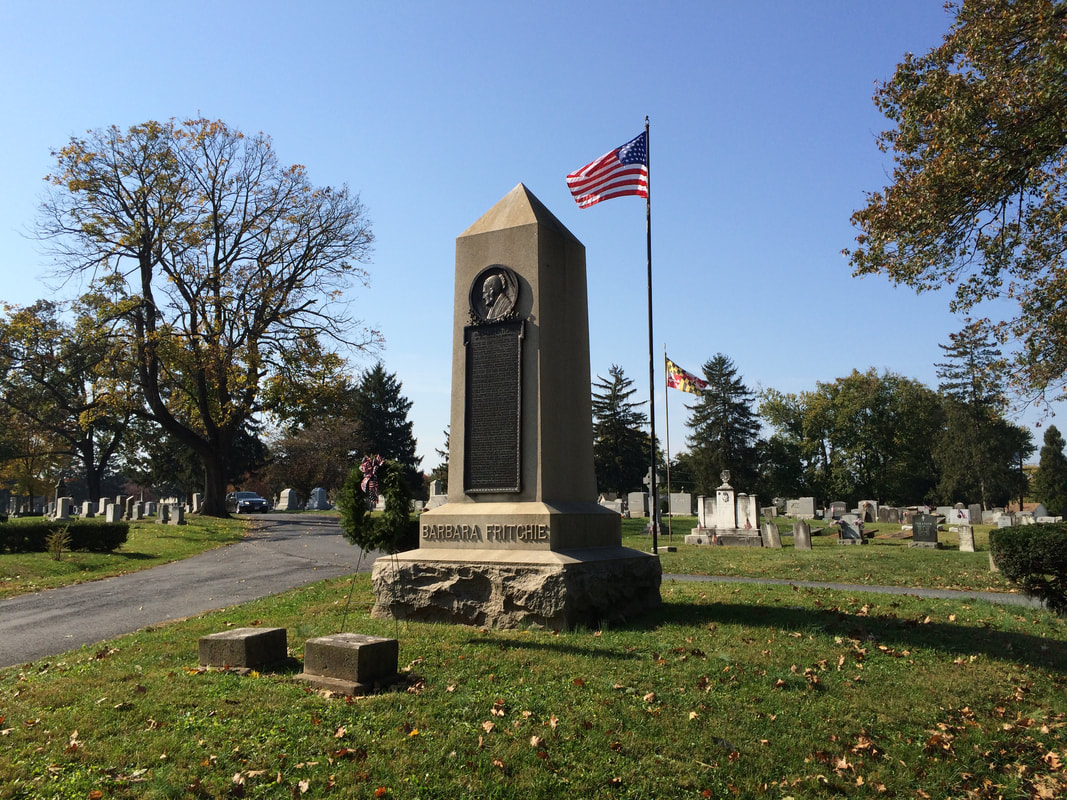
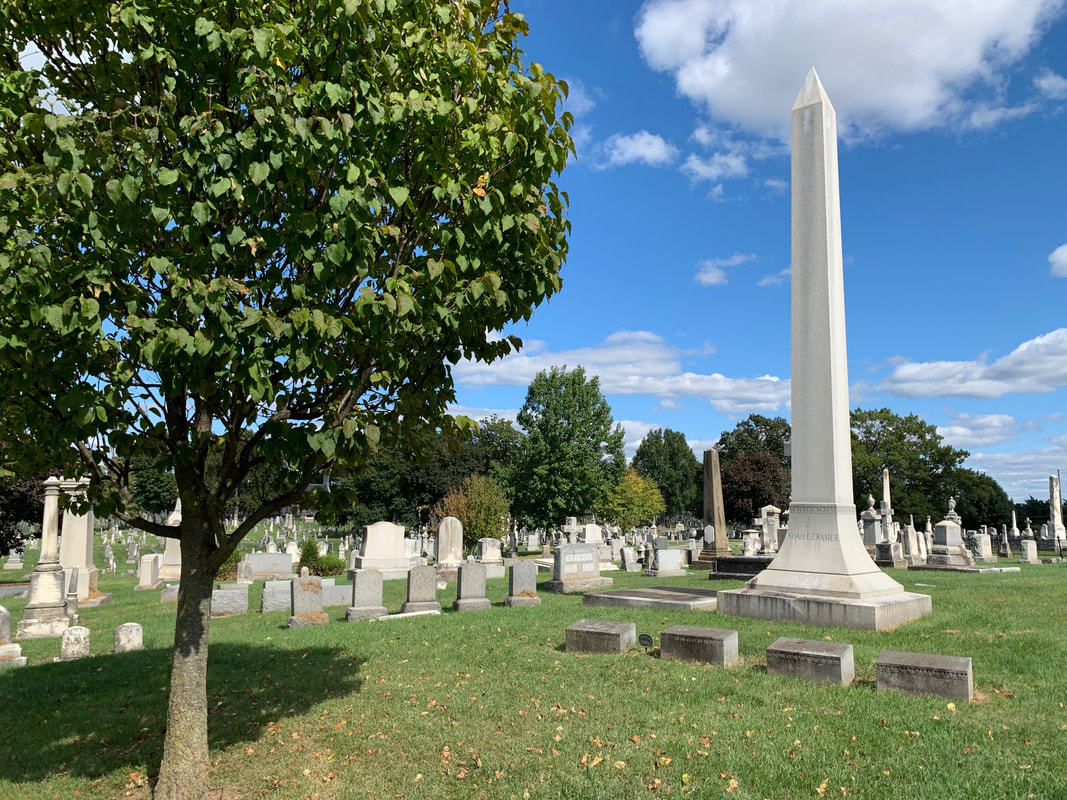
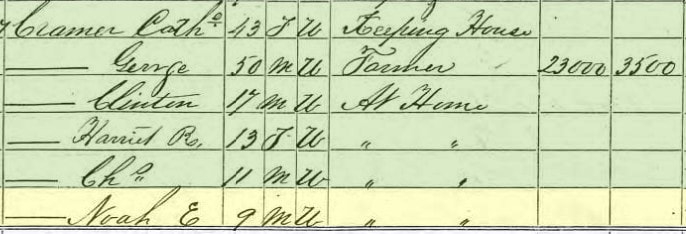
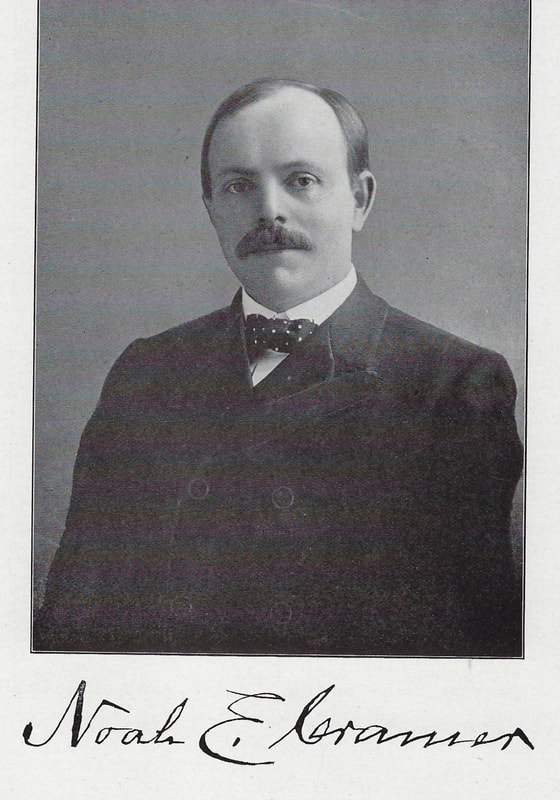
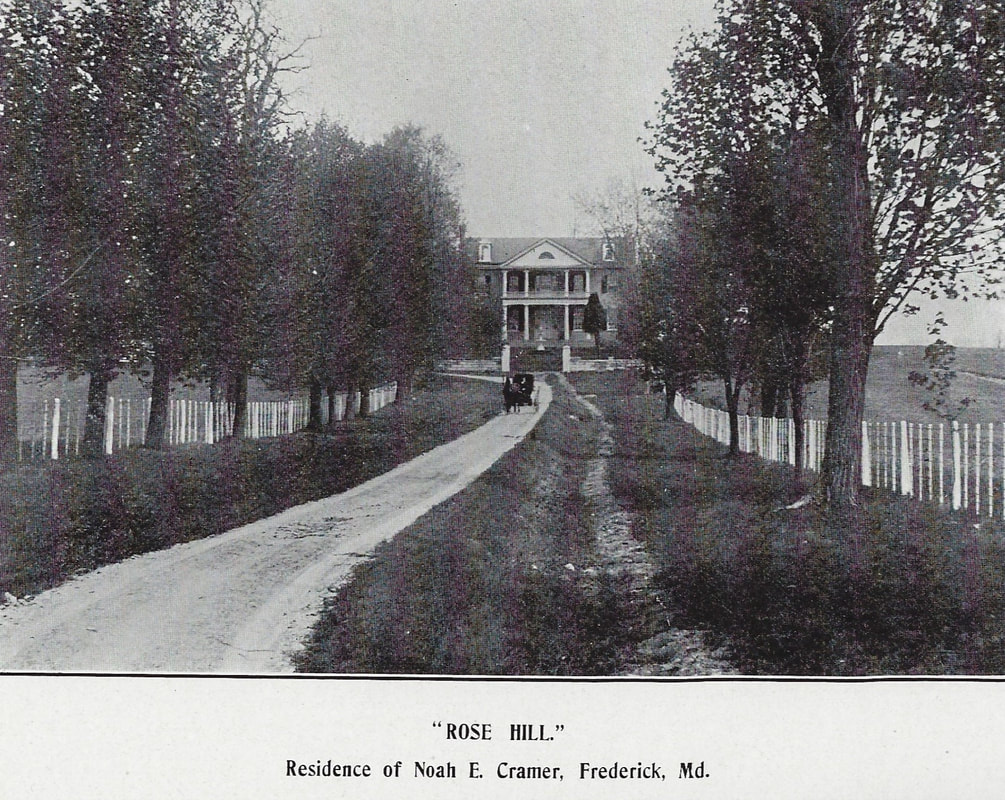


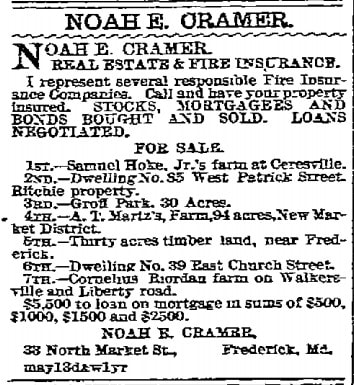
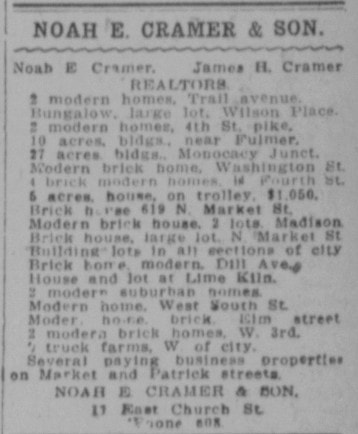


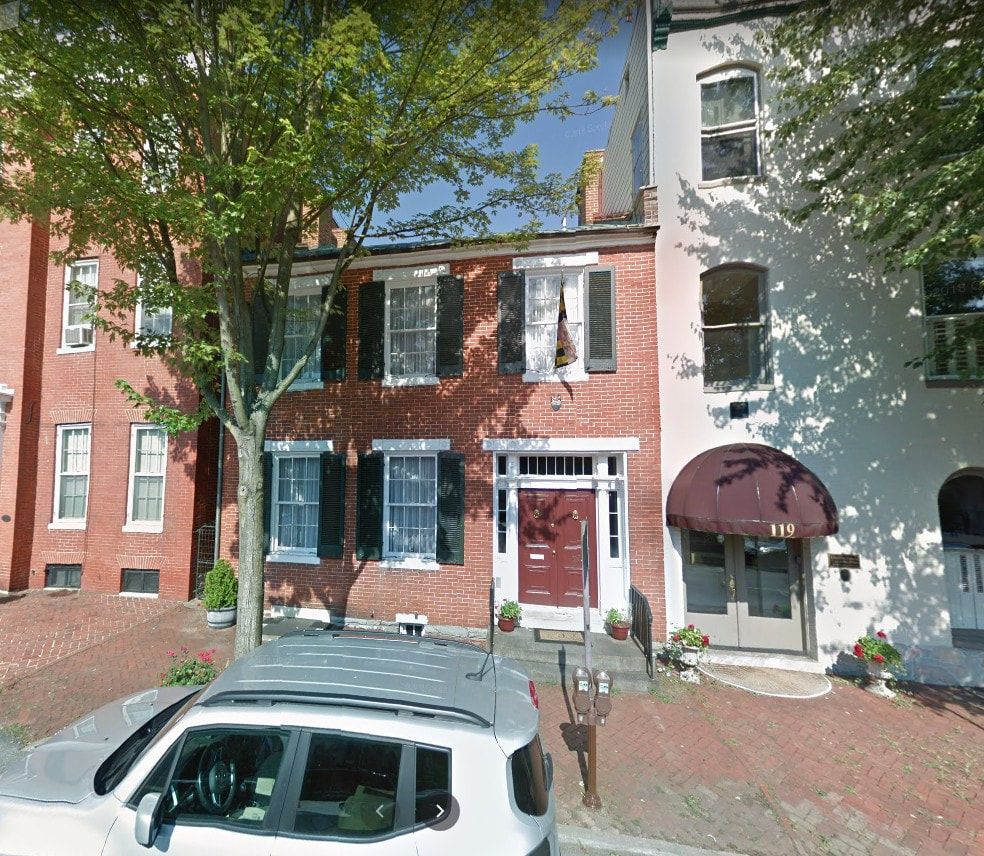
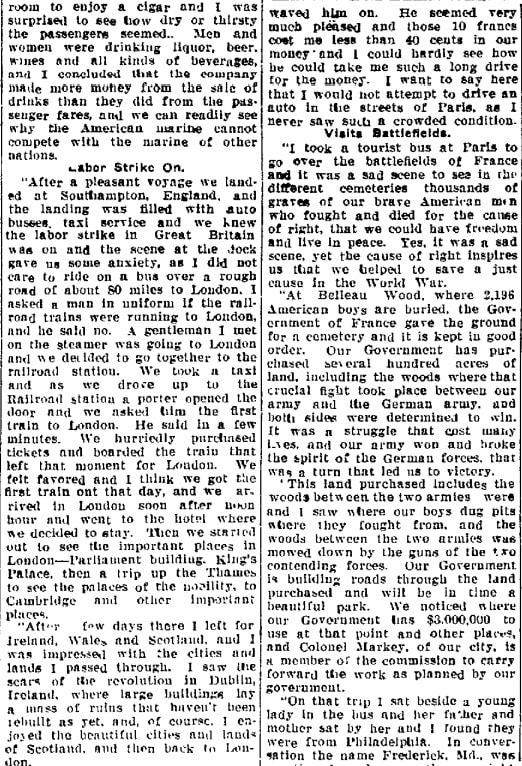
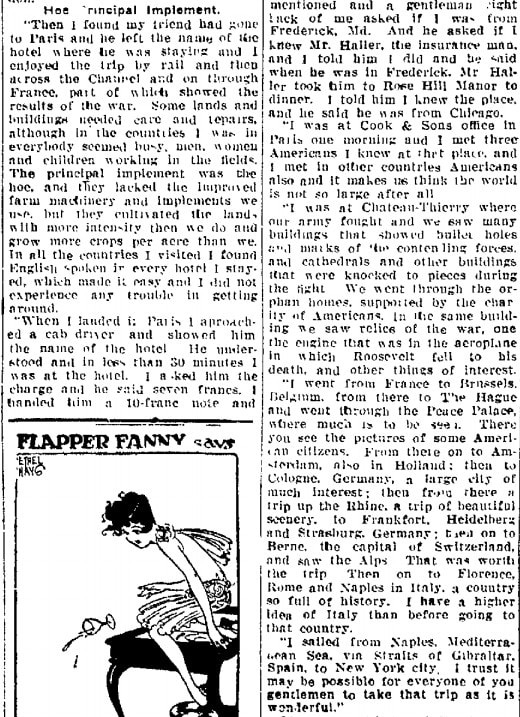

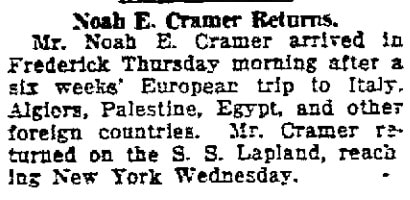
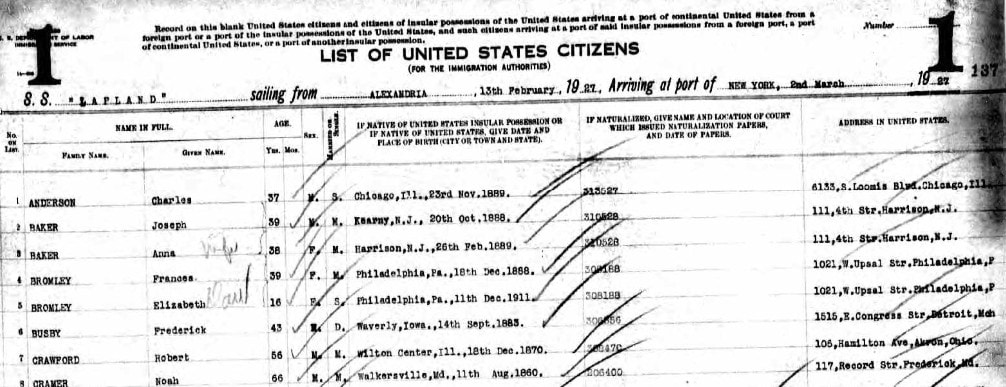
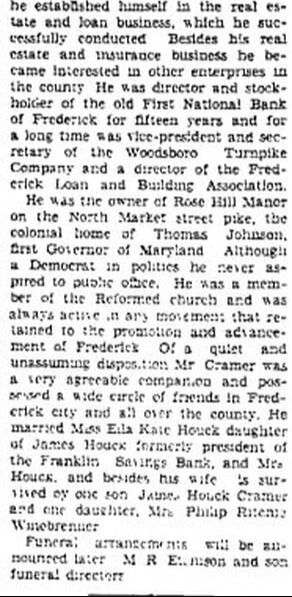
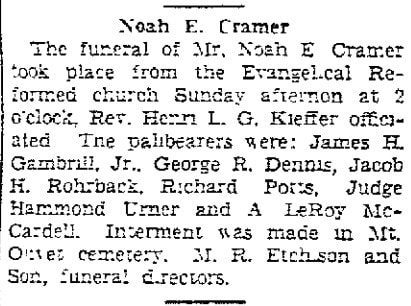
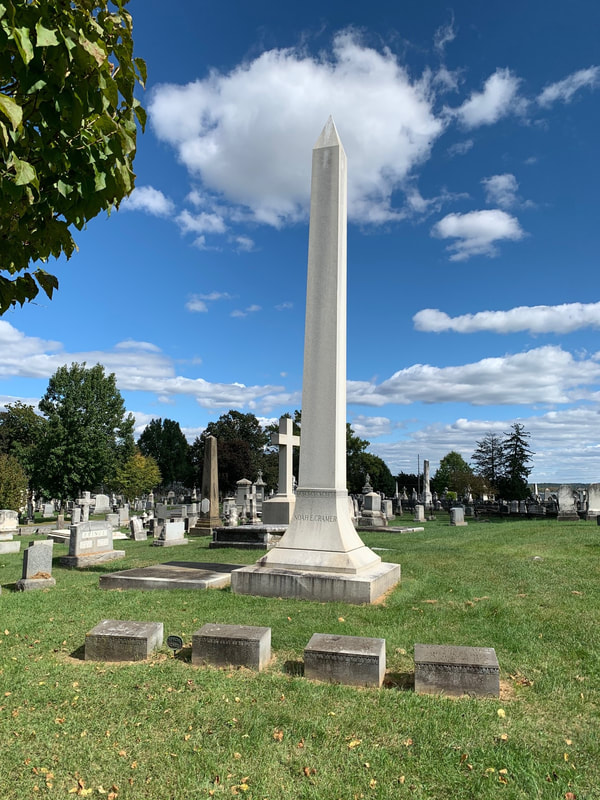
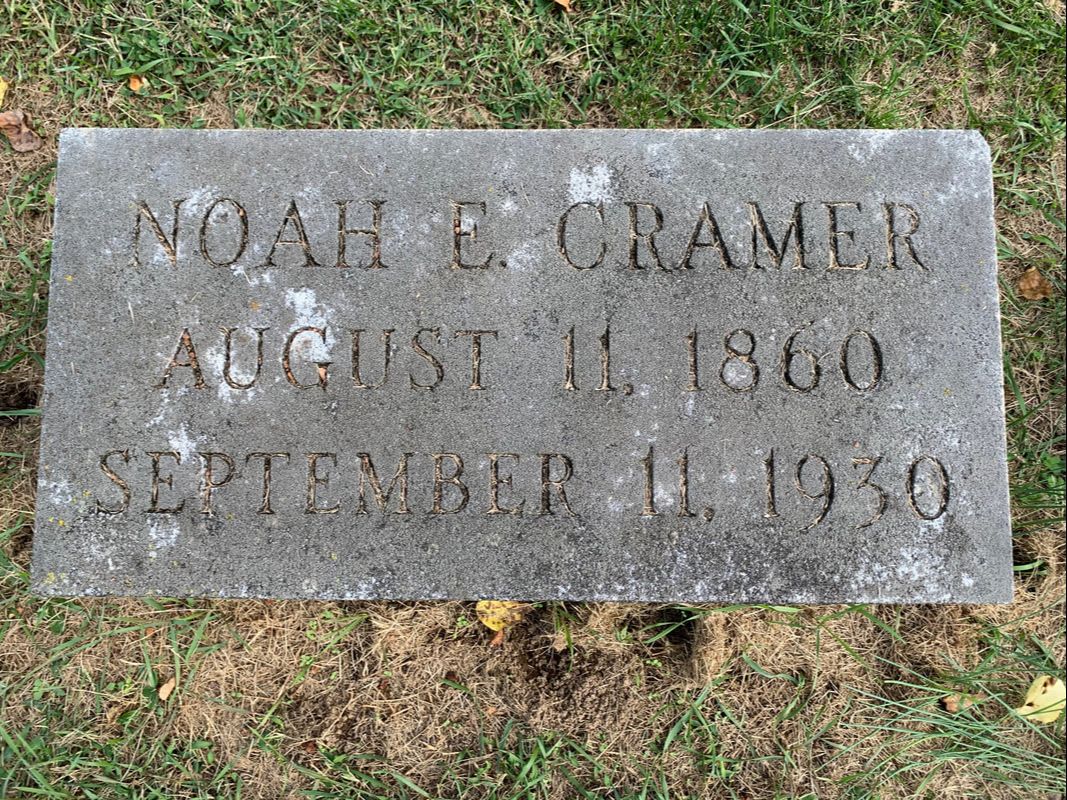
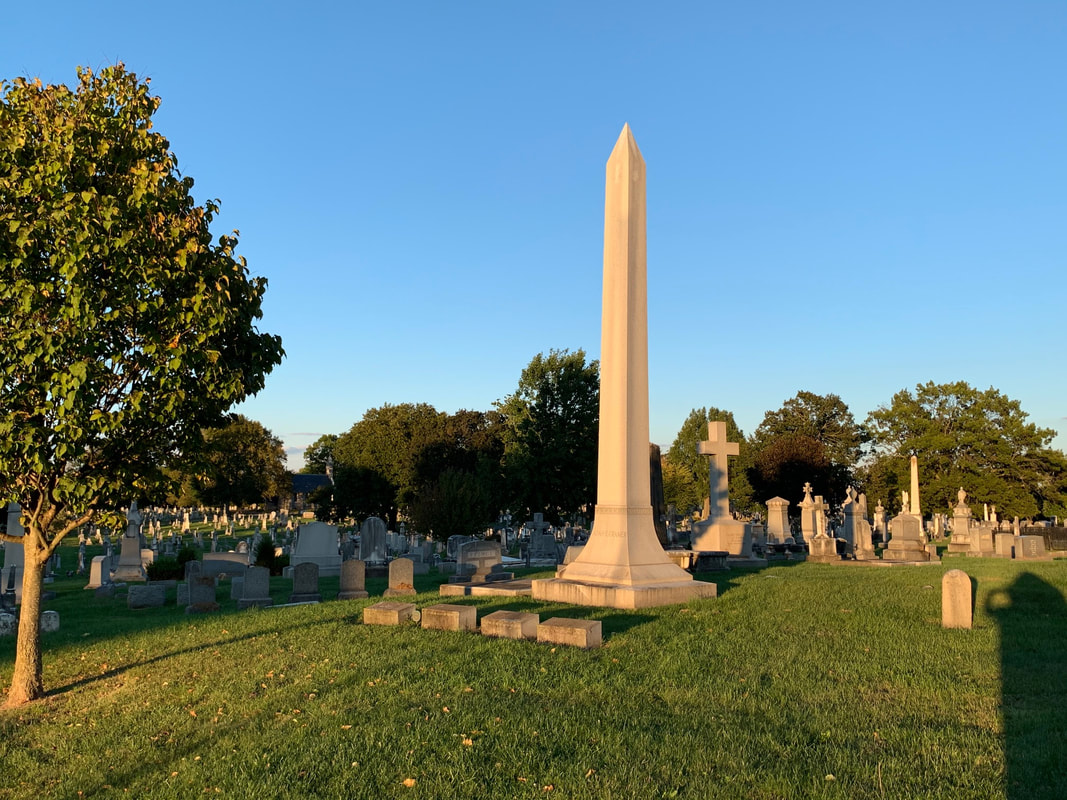

 RSS Feed
RSS Feed